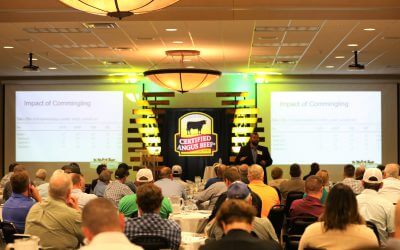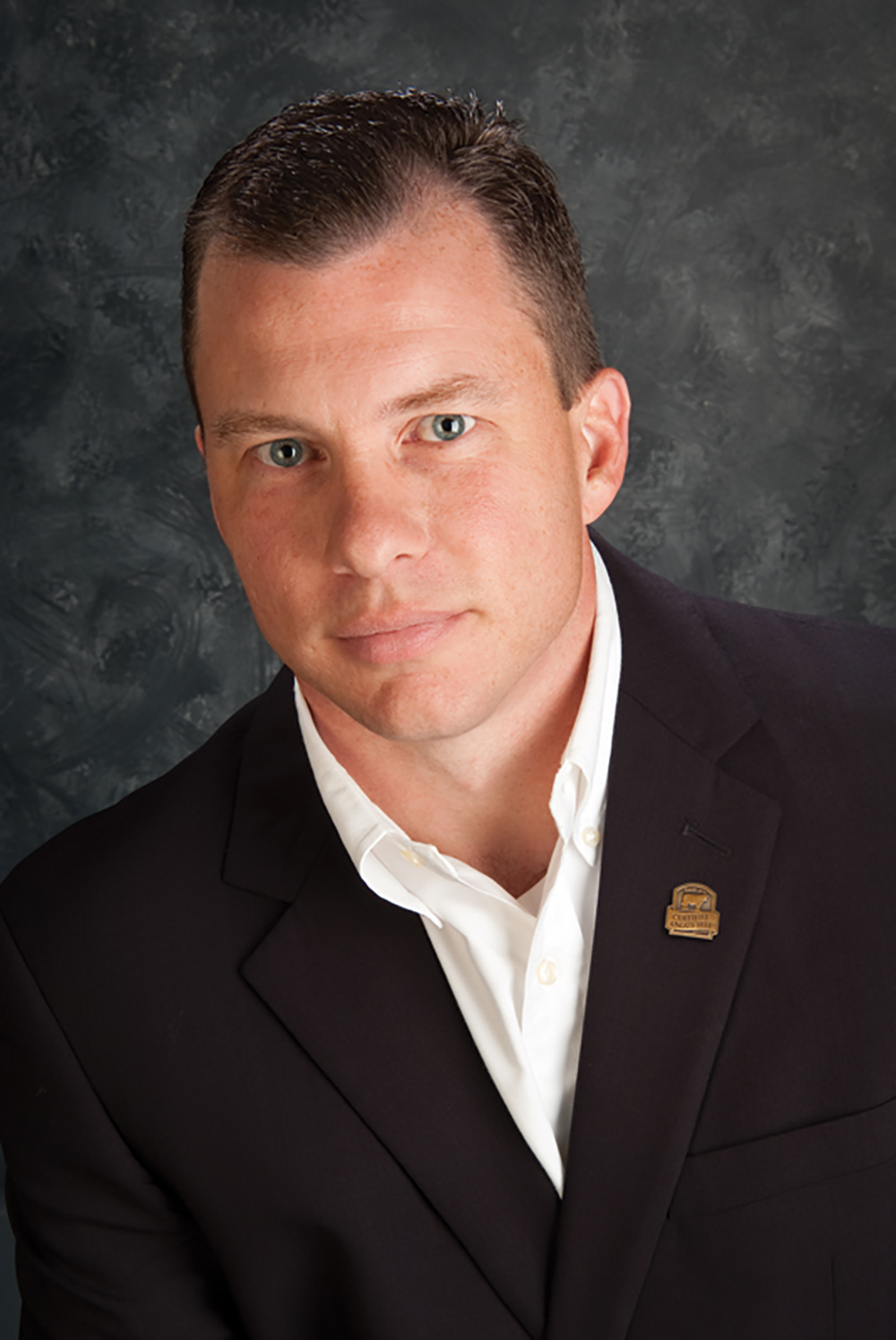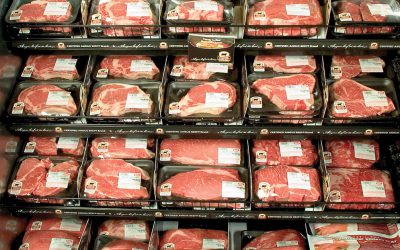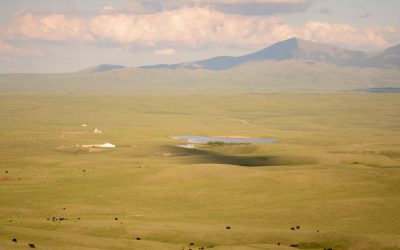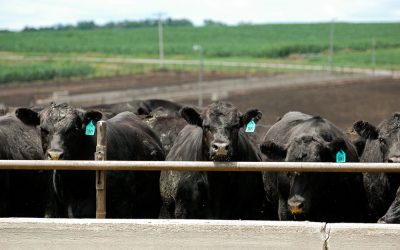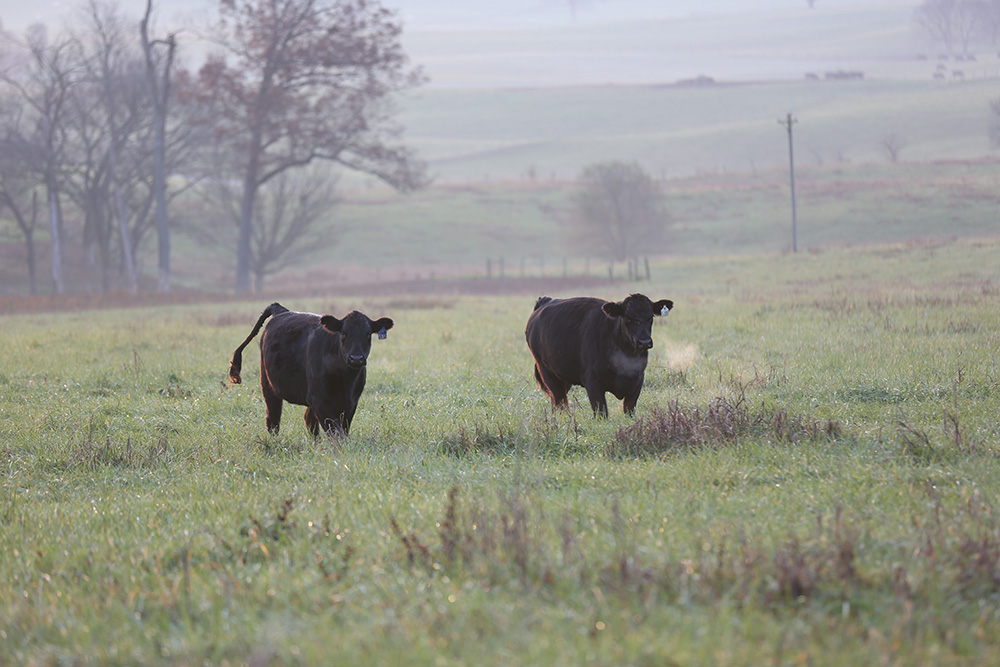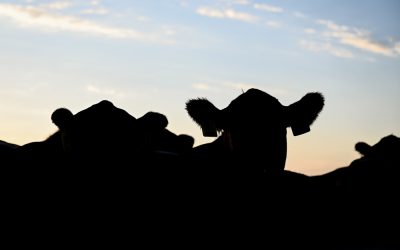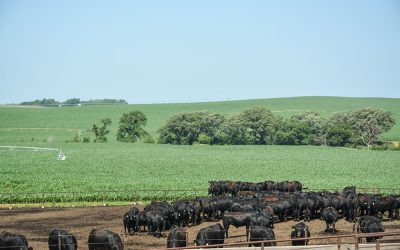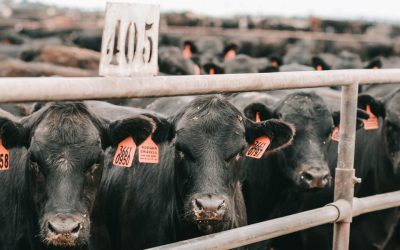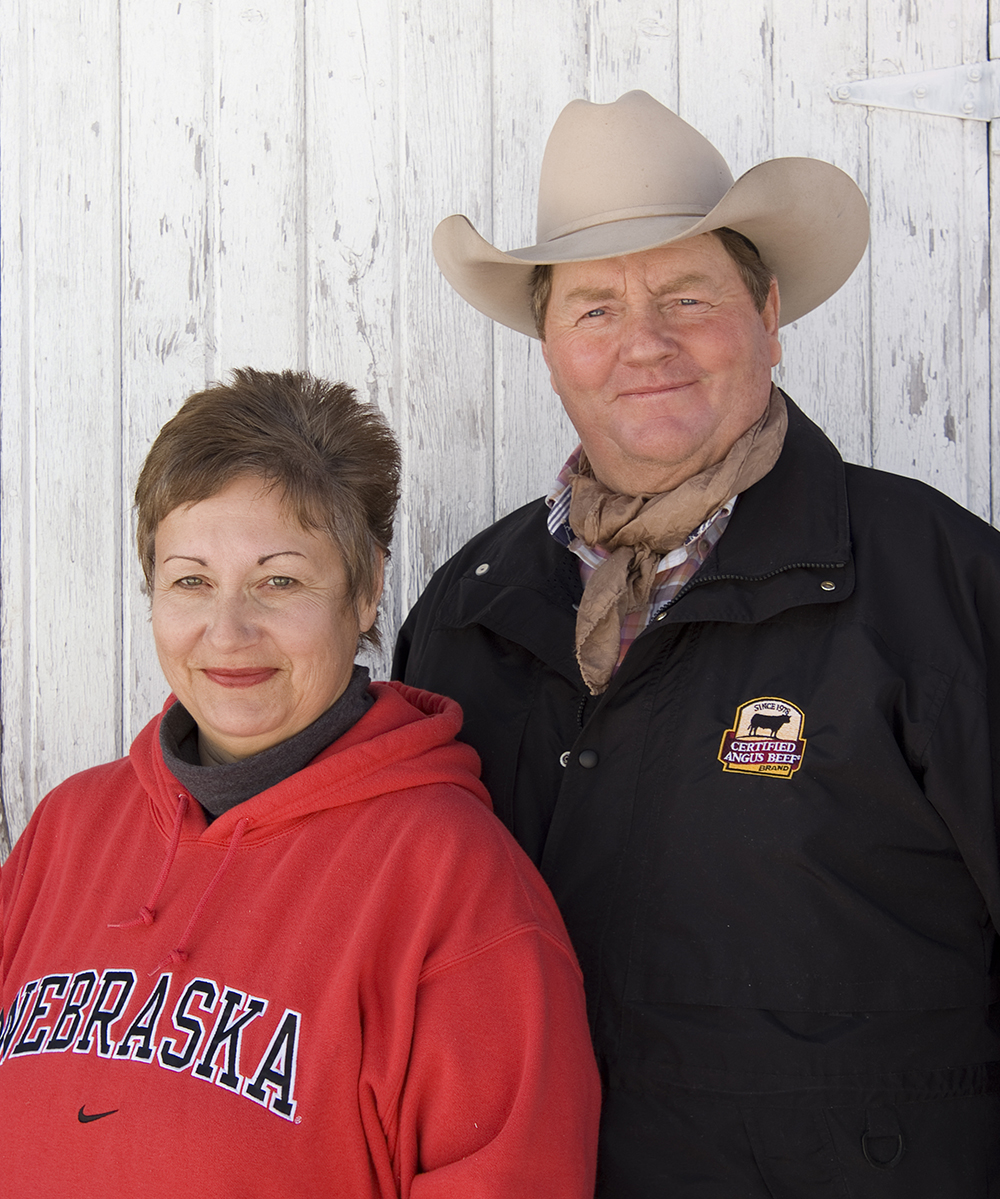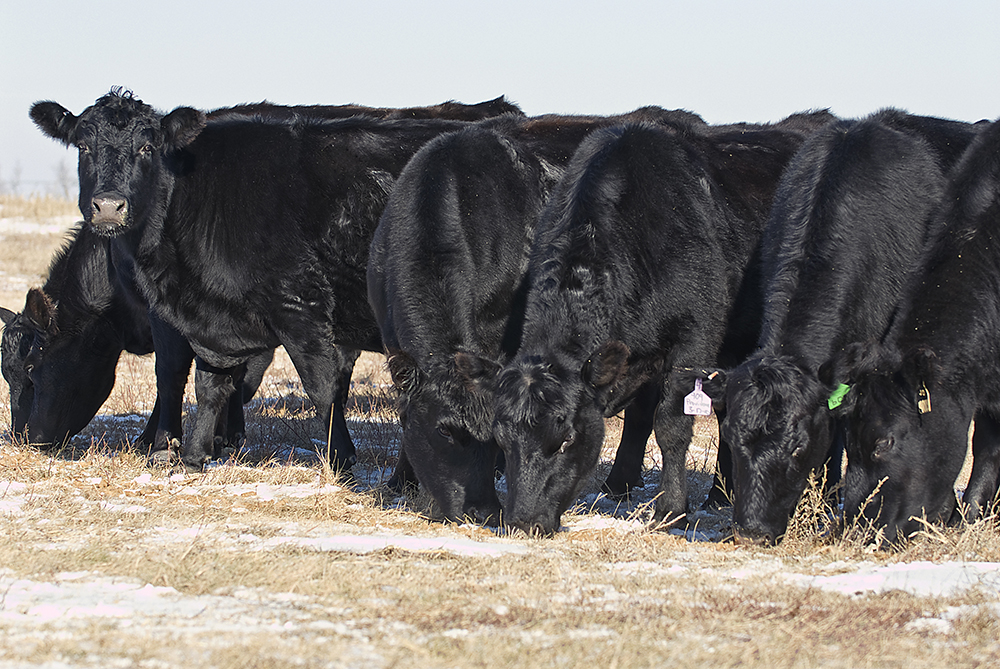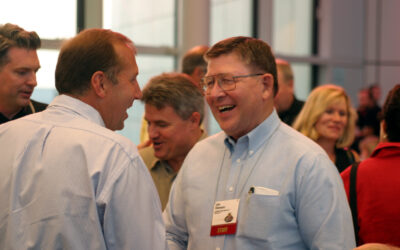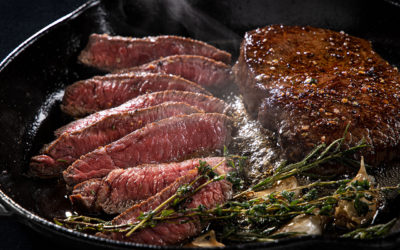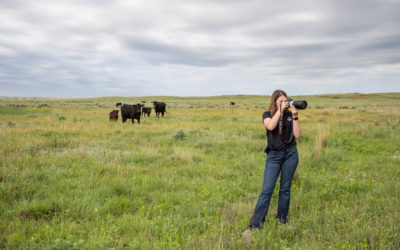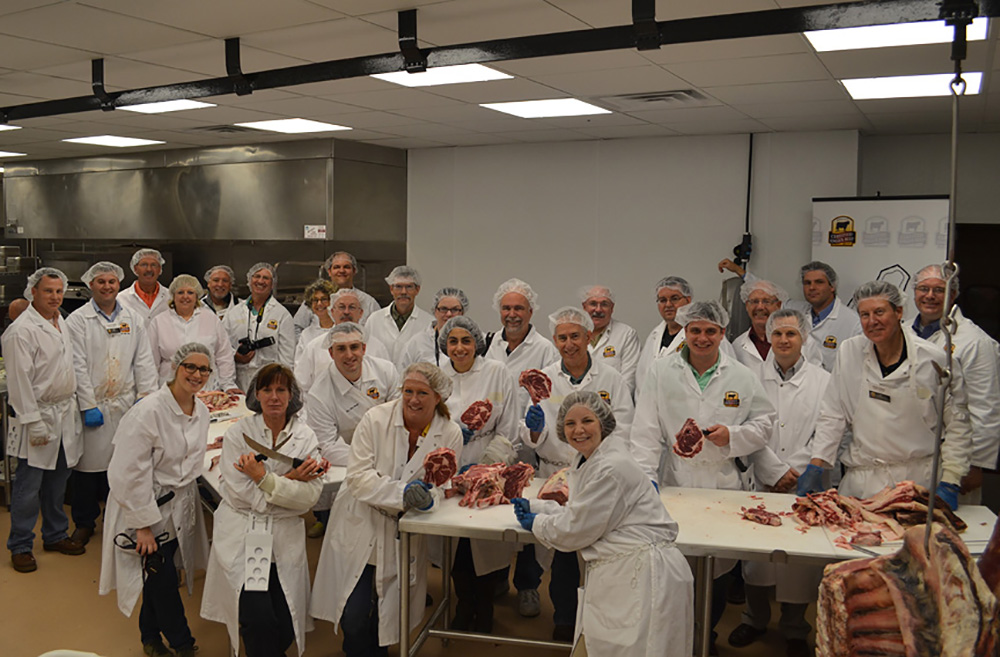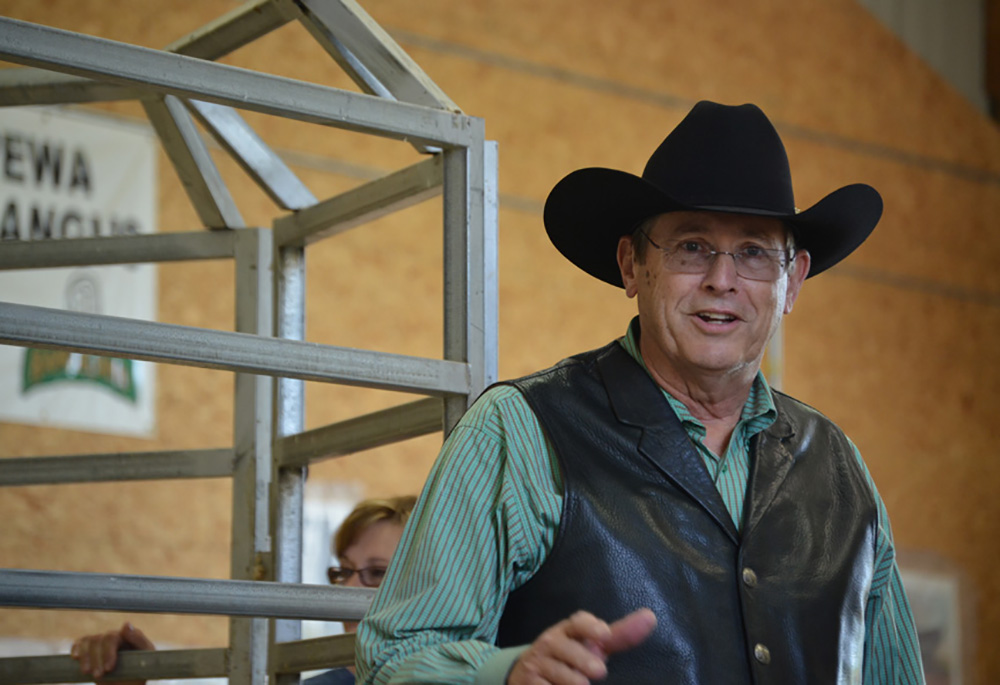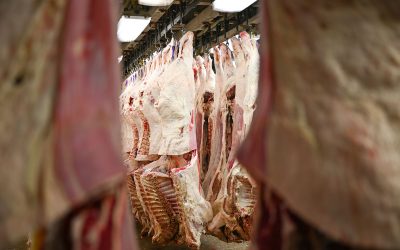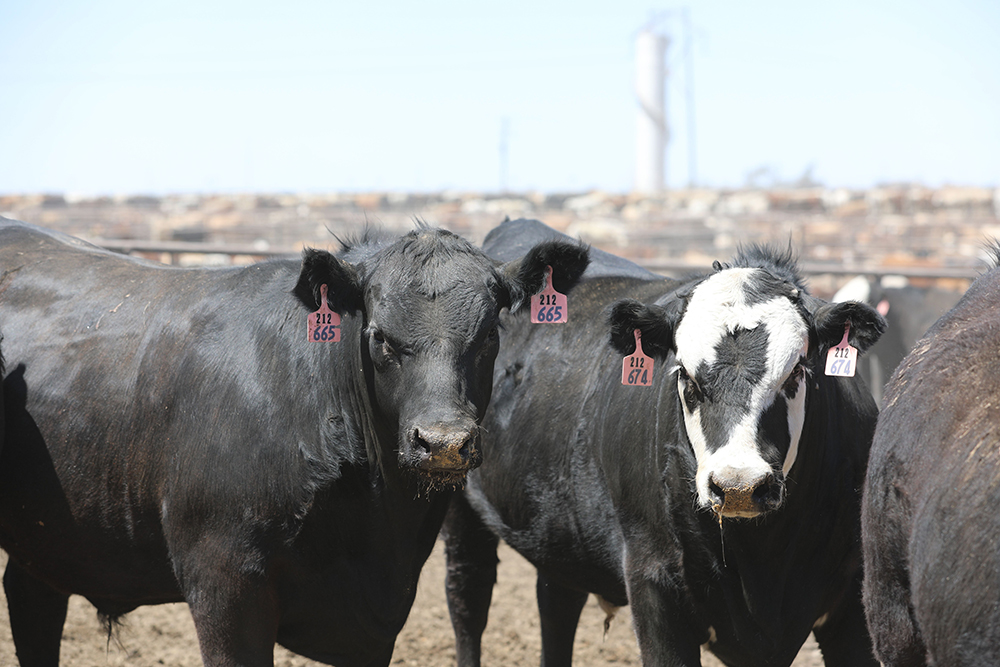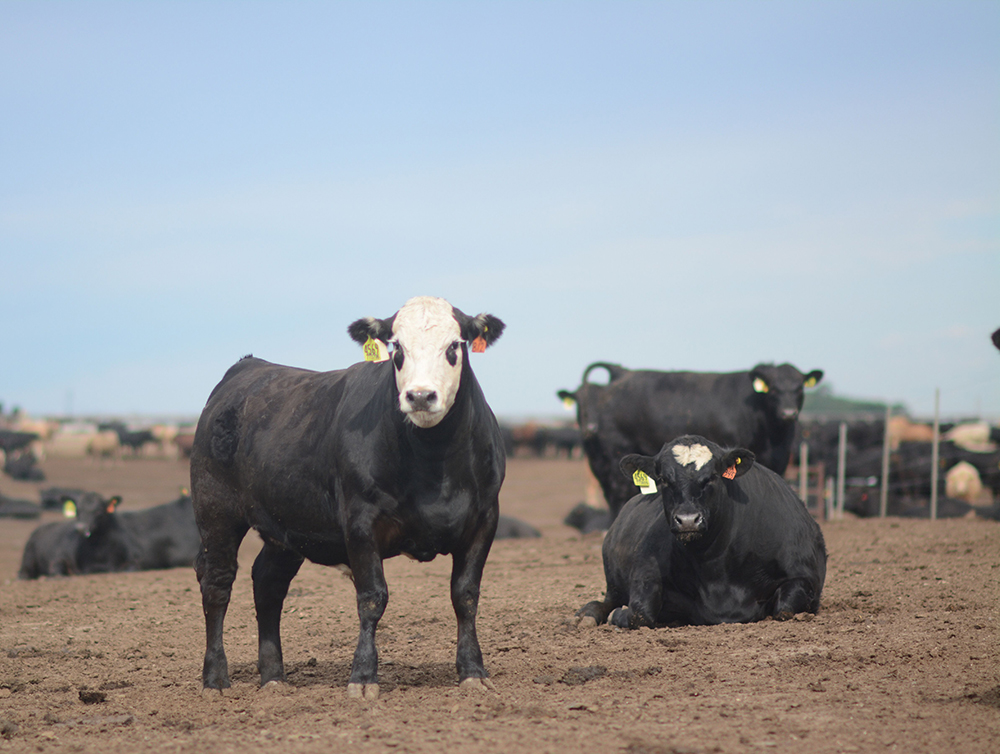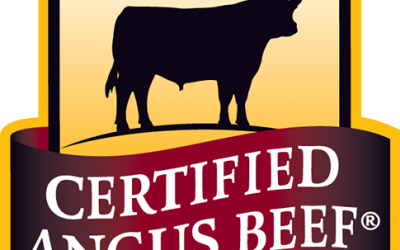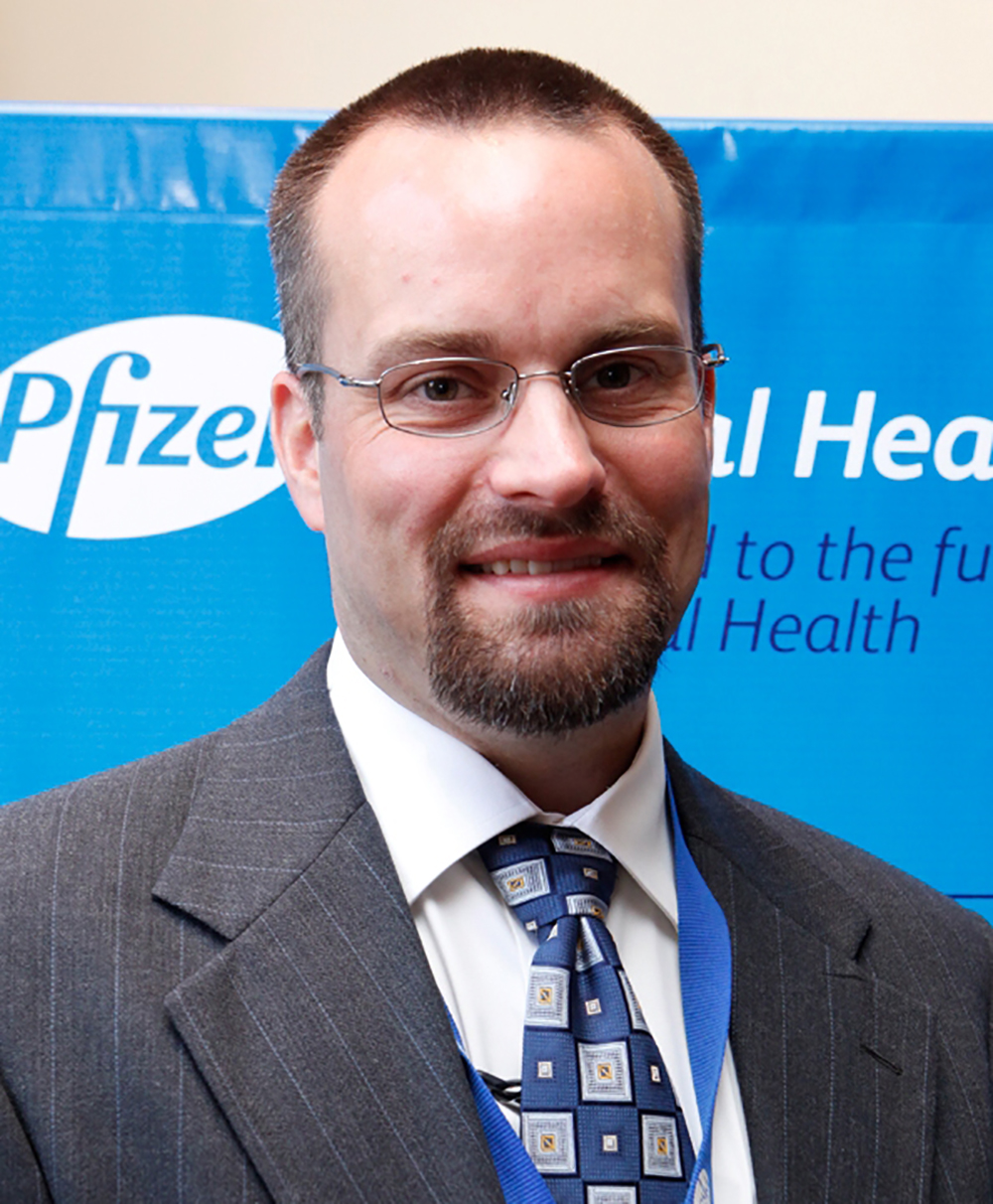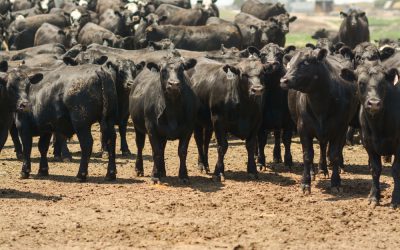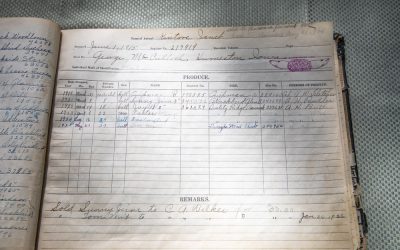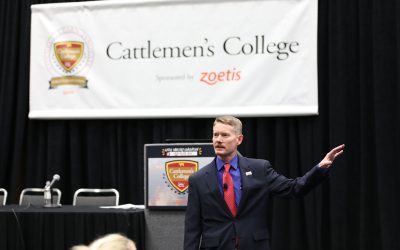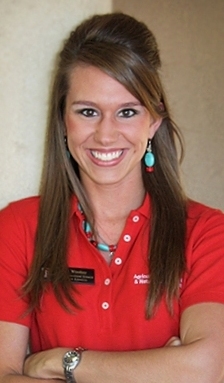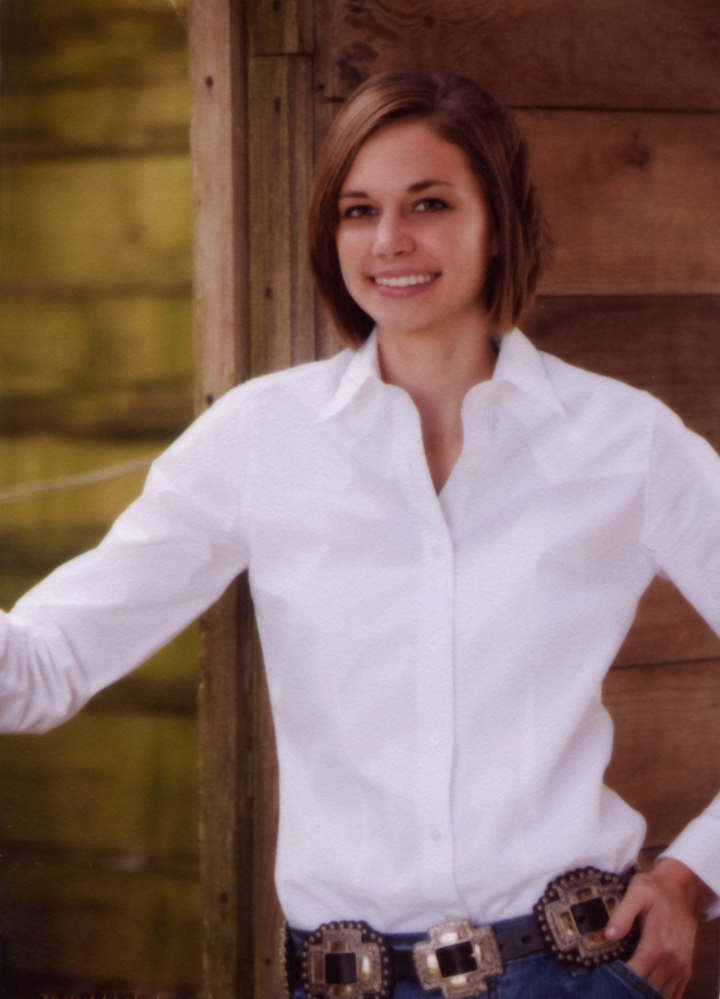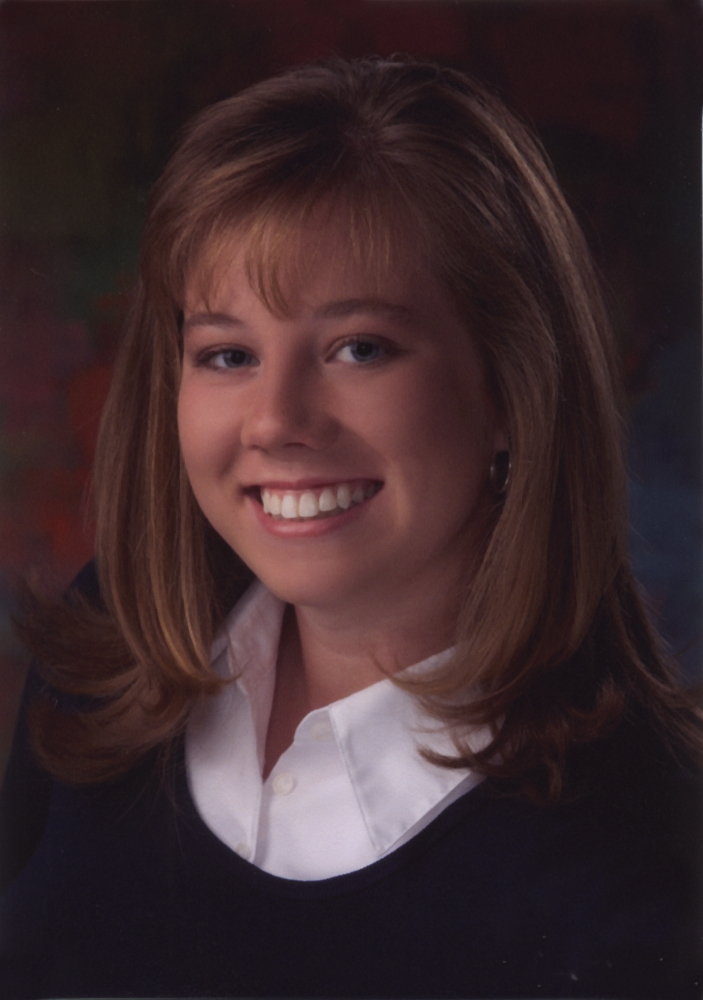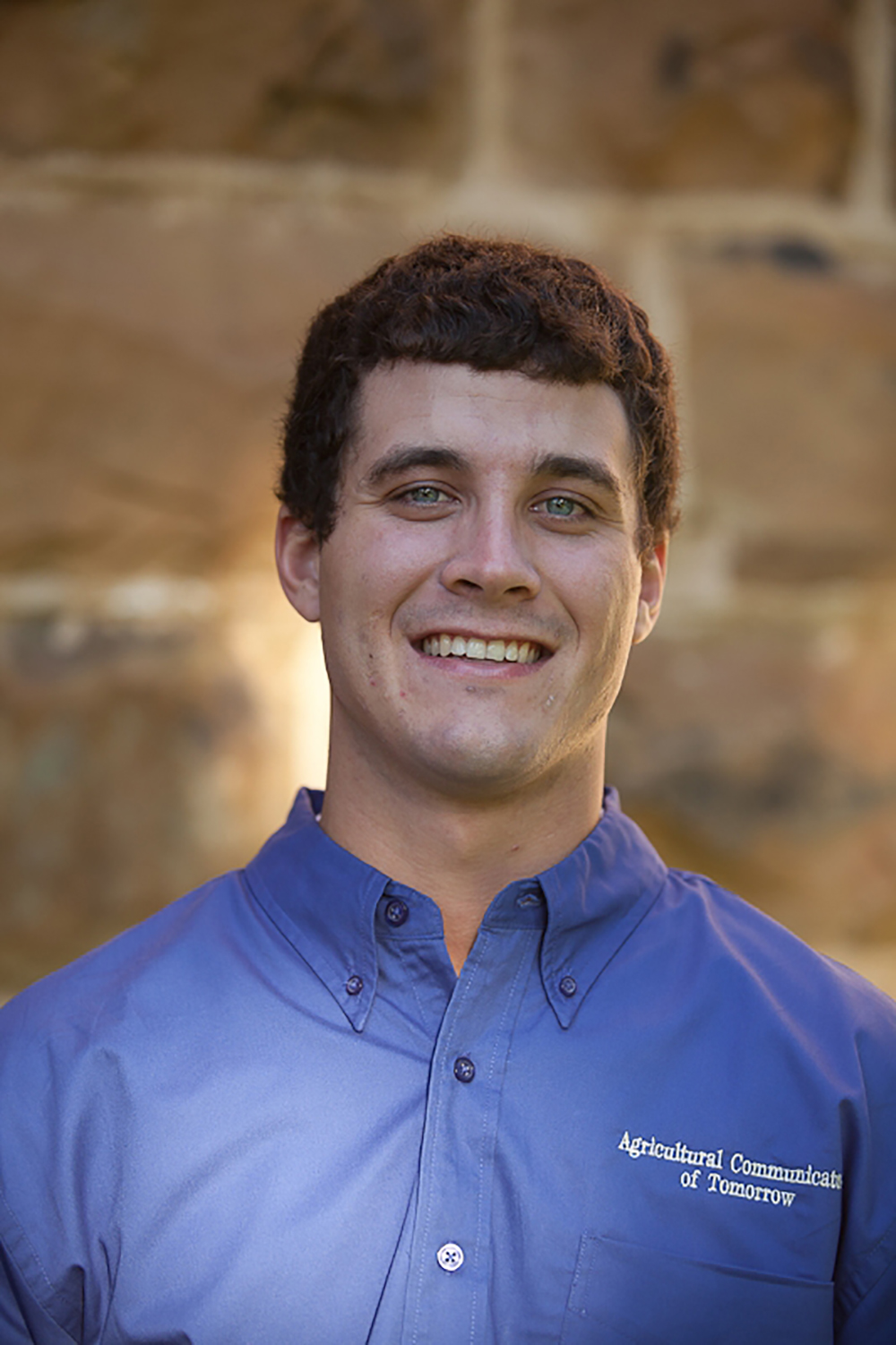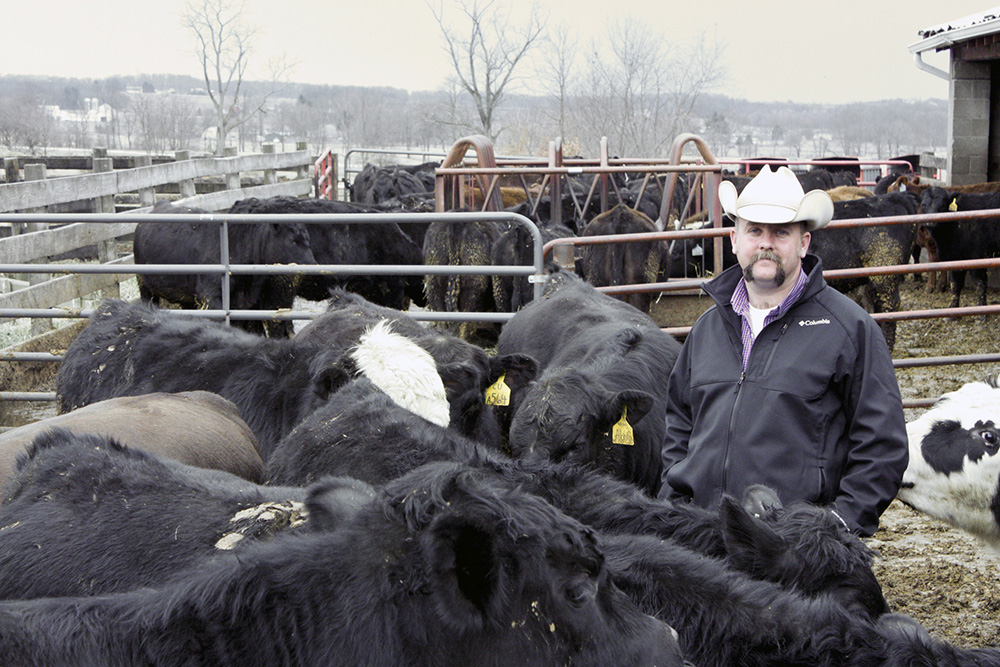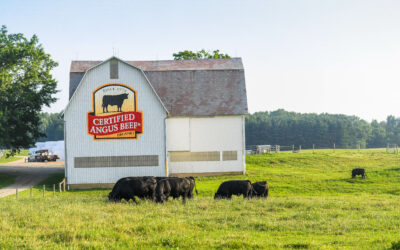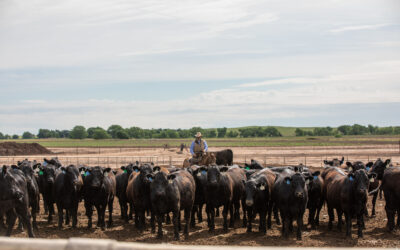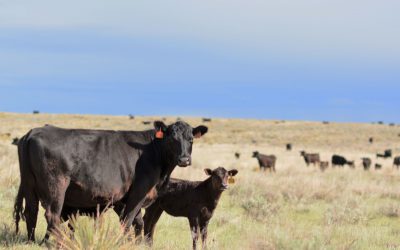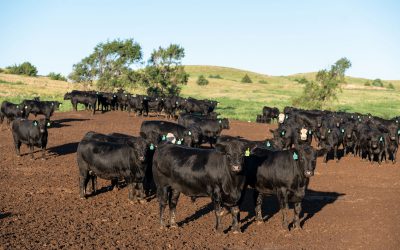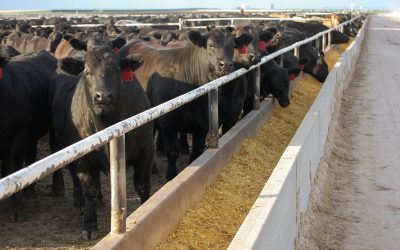
Feeding Quality Forum dates set for August
By Steve Suther
When you’re feeding cattle, information can be worth more than the feed. That’s why many customer-and consumer-oriented feeders plan to take in the 7th annual Feeding Quality Forum in Grand Island, Neb.,on August 28th, or Amarillo, Texas, on August 30th.
Each year those who attend rate the forum as one of the best among such programs. “Our goal is to deliver timely information critical to managing a successful feedlot business that is focused on the high-quality beef market,” says Mark McCully, Certified Angus Beef ® brand assistant vice president for production.
Registration is $50 if submitted by August 6th; after that, space permitting, it will be $75. Informational sessions begin after the sign-in at 9:30 a.m. and a quick welcome at 10.
First on the agenda and back by popular demand, Dan Basse, AgResource Company, will discuss market outlooks from local to global for protein “foodstuffs” and feedstuffs.
“Dan Basse is a staple on the program,” says McCully. “He always provides a timely and insightful perspective into the ever-changing commodity markets.”
Next up, Shawn Walter, Professional Cattle Consultants, will share what his industry-leading database is telling him about the impact of increasing carcass weights on feeders, fabricators and foodservice businesses.
After the 12:15 lunch featuring the Certified Angus Beef brand, the afternoon session will move on to three more sessions: breaking down cutability and carcass merit, dealing with declining inventories amid excess feeding and packing capacity, and a perspective look into the current meat issues.
The seminar, sponsored by Pfizer Animal Health, Land O’ Lakes Purina Mills, FEEDLOT magazine and CAB, should adjourn at approximately 4:15 p.m.

To register, visit www.cabcattle.com/events, or contact Marilyn Conley by phone at 800-225-2333, or by email atmconley@certifiedangusbeef.com.
You may also like
Feeding Quality Forum registration open
It’s no secret, we’re producing more high-quality beef than ever before, but does that suggest a danger of oversaturation or swamping demand? Buzz words and marketing claims talk a lot, but consumers speak with their wallets. What do they say about the years to come?
Health, vaccinations not synonymous
Victory in war starts long before the battle. The same is true in combat against cattle diseases. “My job as a military commander is to take a soldier and make him resilient,” Col. Sam Barringer said at the Feeding Quality Forum in Sioux City, Iowa this summer. The veterinarian and technical specialist for Diamond V illustrated the point by stretching a rubber band: too much pressure, no matter the reason, may cause it to break.
Vaccinate healthy calves: Wait on illness
You vaccinate to keep cattle healthy, but if they’re already coming down with a bug or your timing is off, your efforts could be worse than a waste. That’s what Brian Vander Ley, veterinarian epidemiologist at the University of Nebraska, told 200 cattlemen at the Feeding Quality Forum in Sioux City, Iowa, this August.



